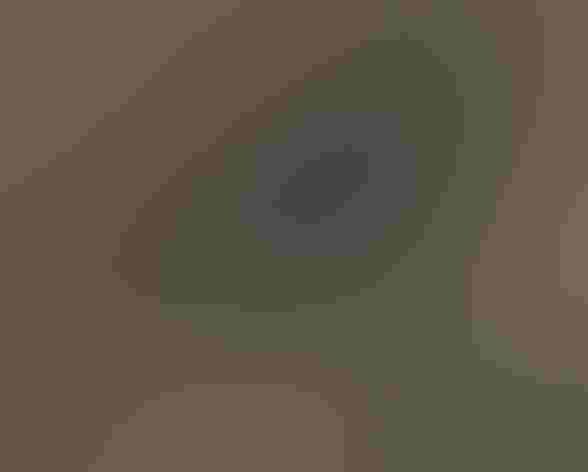Chihuahuan Raven
At a Glance
In the dry grasslands of the southwest, the Common Raven is replaced by this smaller species, about the size of an American Crow. Chihuahuan Ravens are often more sociable than Common Ravens, and flocks of up to several hundred may be seen soaring over the plains on warm winter days, or scavenging at garbage dumps. In treeless terrain, they often build their nests on the crossbars of utility poles.
All bird guide text and rangemaps adapted from by Kenn Kaufman© 1996, used by permission of Houghton Mifflin Harcourt Publishing Company. All rights reserved.
Category
Crows, Magpies, Jays, Perching Birds
IUCN Status
Least Concern
Habitat
Desert and Arid Habitats, Fields, Meadows, and Grasslands, Landfills and Dumps, Shrublands, Savannas, and Thickets
Region
Plains, Rocky Mountains, Southwest, Texas
Behavior
Direct Flight
Population
840.000
Range & Identification
Migration & Range Maps
Mostly permanent resident. Some may withdraw in fall from northern part of range, but status in this area is poorly known. Flocks move around in winter, gathering in good feeding areas.
Description
19-21" (48-53 cm). Shape of Common Raven but slightly smaller, with smaller bill, different voice. Usually in open grassland (in southwest, Common Raven is mostly in mountains or in drier cactus desert).
Size
About the size of a Crow, About the size of a Mallard or Herring Gull
Color
Black, White
Wing Shape
Fingered, Long
Tail Shape
Wedge-shaped
Songs and Calls
Harsh kraak, higher pitched than Common Raven's.
Call Pattern
Flat, Simple
Call Type
Croak/Quack, Raucous
Habitat
Arid and semi-arid grassland, scrub, yucca flats. Mostly a bird of dry grasslands. Generally avoids both wooded areas and true deserts, but occurs in brushy country in the lowlands. In the southwest, Common Raven lives in both drier areas (extreme deserts of lowlands) and wetter areas (mountain forests) than the Chihuahuan Raven, but is seldom in the grasslands.
Sign up for ÃÛèÖAPP's newsletter to learn more about birds like the Chihuahuan Raven
Behavior
Eggs
5-6, sometimes 3-8. Pale olive to gray-green, blotched with brown and lavender. Incubation is thought to be by both parents, about 18-21 days.
Young
Both parents bring food for nestlings. Young leave nest about a month after hatching.
Feeding Behavior
Mostly forages on ground, sometimes above ground in shrubs or cactus. Except during nesting season, usually forages in flocks. Often gathers at garbage dumps, and may patrol along highways looking for road kills.
Diet
Omnivorous. Diet is highly varied, but mostly animal matter, including large insects, spiders, earthworms, snails, rodents, lizards, and eggs and young of other birds. Often eats carrion and garbage. Also feeds on grain, seeds, berries, and fruits, including cactus fruit.
Nesting
Sometimes nests in loose colonies where good nesting sites are concentrated. In some areas, breeds mostly in summer, perhaps to take advantage of better food supply after summer rains begin. Nest site is in tree, shrub, or large yucca, or on utility pole; sometimes on buildings, towers, other artificial supports. Height varies, 5-40' above the ground. Nest (thought to be built by female) is a bulky mass of sticks and thorny twigs, lined with grass, bark fibers, animal hair. Sometimes works in debris such as rags, paper, barbed wire.
Conservation
Conservation Status
At northern end of range (eastern Colorado, western Kansas), far less common today than in 1800s. Still very common farther south.
Climate Threats Facing the Chihuahuan Raven
Choose a temperature scenario below to see which threats will affect this species as warming increases. The same ÃÛèÖAPP change-driven threats that put birds at risk will affect other wildlife and people, too.


